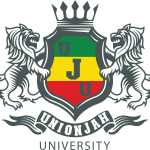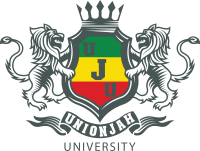Title : Haile Selassie I in Egypt
By UnionJah Observer | April 26, 2025
Haile Selassie I in Egypt: When the Nile Welcomed the King of Kings

Date(s) of Visit: Multiple, notably in 1959, 1961, and during OAU meetings in the 1960s.
Background
Egypt under President Gamal Abdel Nasser was rising as a powerful leader in the Arab world and in Pan-African and Non-Aligned Movements. Haile Selassie and Nasser, despite differing political systems—monarchy and republicanism—respected each other’s influence and shared a vision of African-Arab cooperation.
Both were founding members of the Organization of African Unity in 1963 and key players in shaping Africa’s post-colonial landscape.
Grand Welcome
- Haile Selassie I was received in Cairo with full state honors.
- Egyptian media referred to him as “the King of Kings of Africa” and “a father of African independence.”
- The Emperor visited ancient Pharaonic sites, was hosted in the Presidential Palace, and attended diplomatic summits.
Dialogue and Vision
Key themes of the visit included:
- Support for African liberation movements, particularly in Algeria, Sudan, and Congo.
- Cooperation between Africa and the Arab world.
- Nile River diplomacy, as Ethiopia and Egypt are both Nile Basin countries.
“The Nile has bound us from time immemorial. Let it now bind our nations in peace, unity, and mutual strength.”
— Haile Selassie I, Cairo, 1961
Legacy
- Strengthened ties between Ethiopia and Egypt in diplomacy, trade, and culture.
- Contributed to the formation of the OAU, hosted in Addis Ababa in 1963.
- Initiated water cooperation talks long before the modern Grand Ethiopian Renaissance Dam discussions.
Ancient Spiritual Ties
- Both civilizations trace their origin to divine authority, priesthood, and royal lineage.
- Haile Selassie’s visit revived Black consciousness and the connection between Kemet (ancient Egypt) and Ethiopia (Kush/Axum).
- Egyptian intellectuals and Pan-African scholars praised Selassie as a living heir to African glory.


